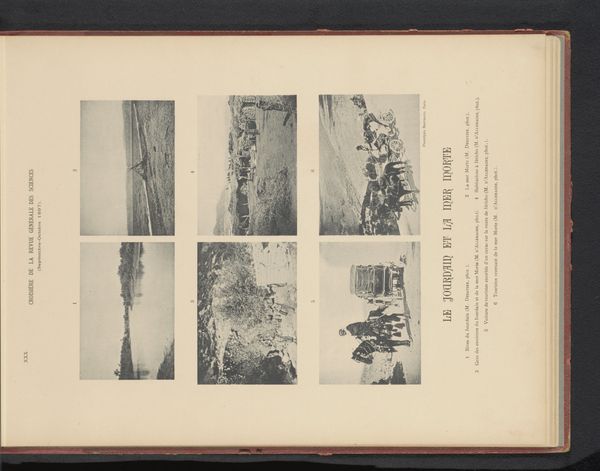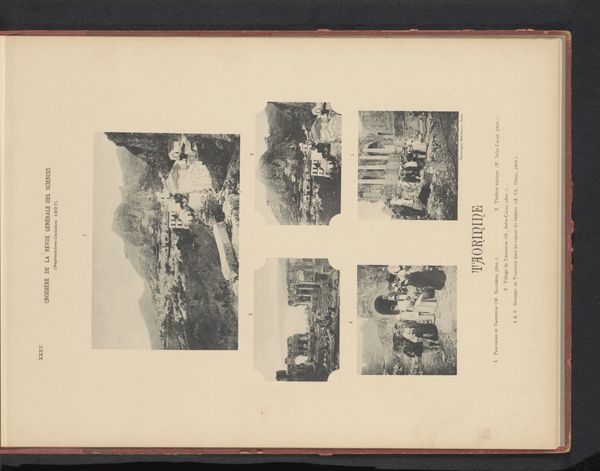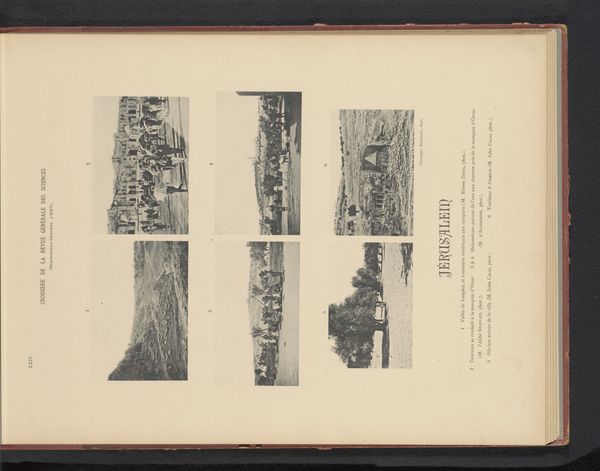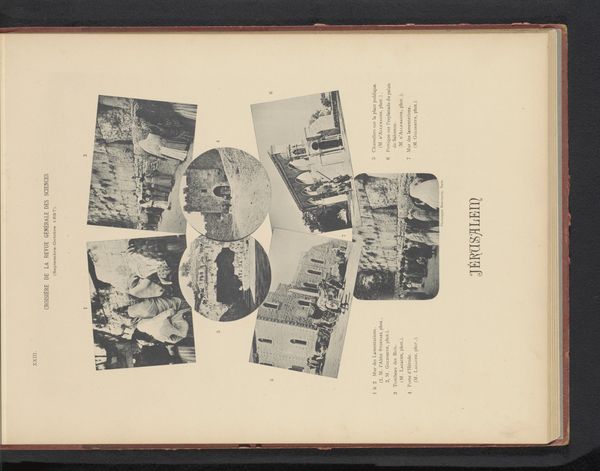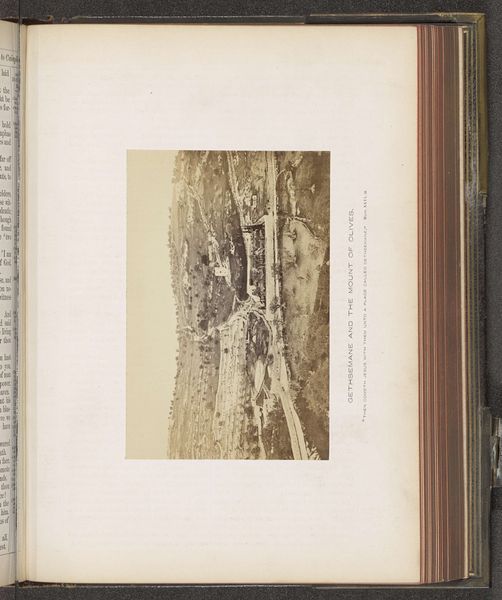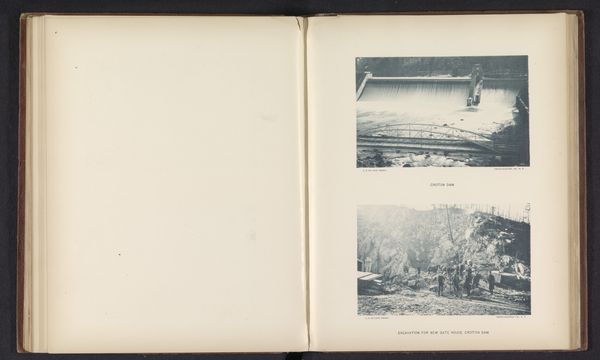
print, photography
# print
#
landscape
#
photography
#
coloured pencil
#
street
Dimensions: height 355 mm, width 293 mm
Copyright: Rijks Museum: Open Domain
This collection of seven black and white photographs of Lebanese roads and villages was compiled by various makers, printed on a page in a book. The process of collating photographs like this speaks to the growth of tourism and infrastructure in Lebanon. It is very different from a painting or sculpture. The material is not just paper and ink, but also the light-sensitive emulsion that captured these scenes. Photography in this period was becoming increasingly accessible, yet still required specialized knowledge and equipment. The printing of multiple images on a single page allowed for wider distribution and consumption. The images themselves depict roads being built and the communities living alongside them. As such, they offer a glimpse into the labor and social contexts of this period. The photographs act as documents, but also as commodities, packaged for consumption by a European audience. By considering the materials, means of production, and the social context in which they were made, we gain a deeper understanding of the photographic collection, and their relationship to industry, labor, and the circulation of images.
Comments
No comments
Be the first to comment and join the conversation on the ultimate creative platform.

